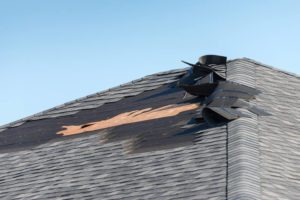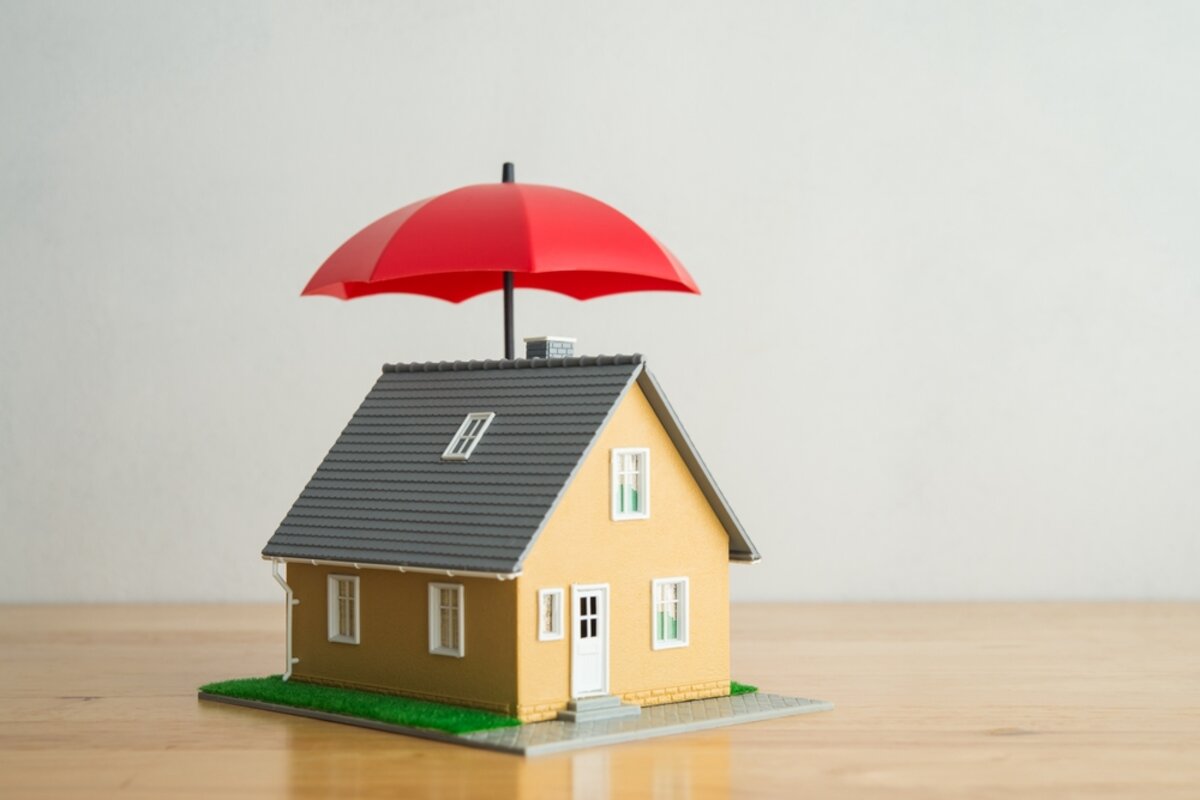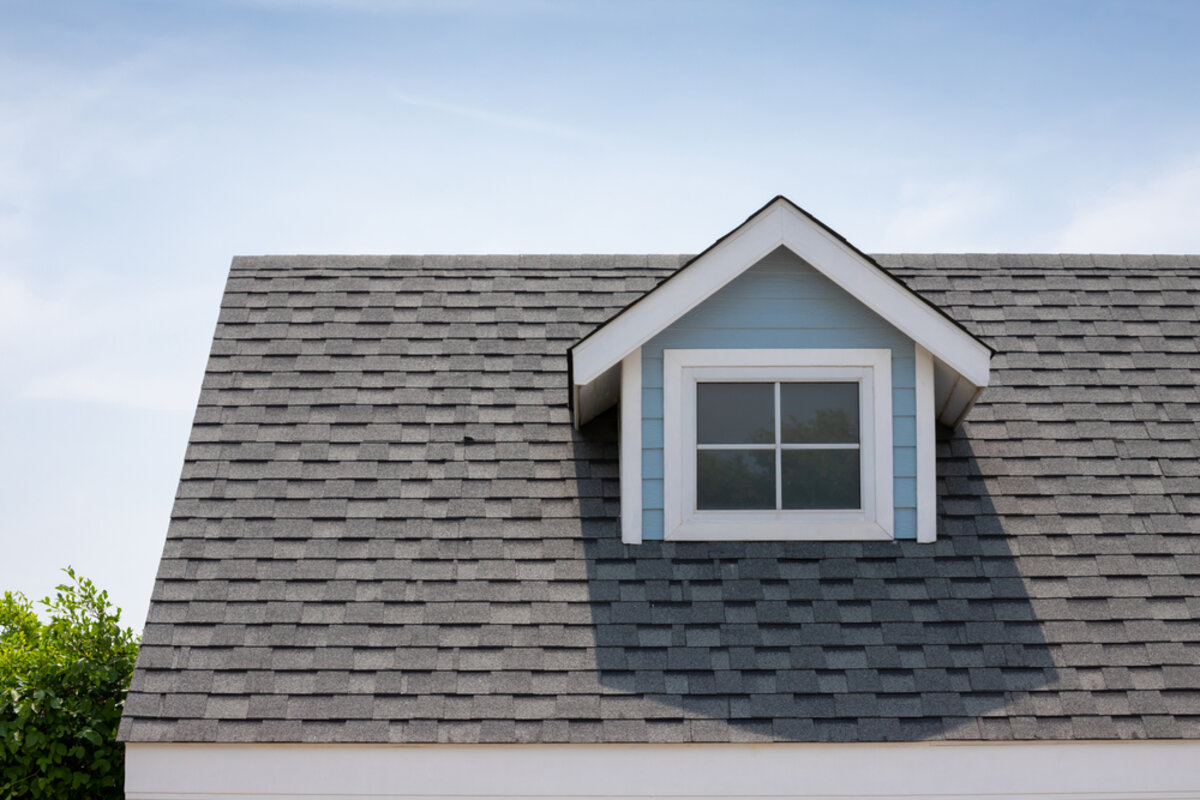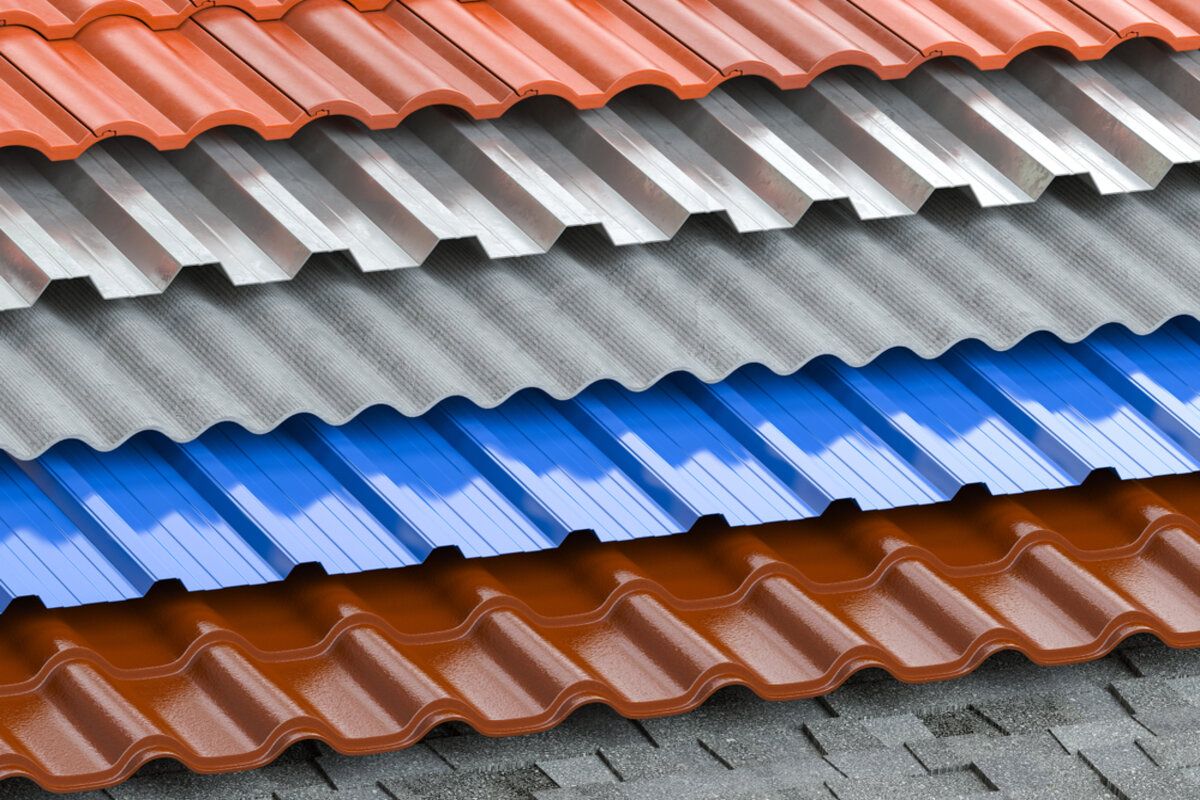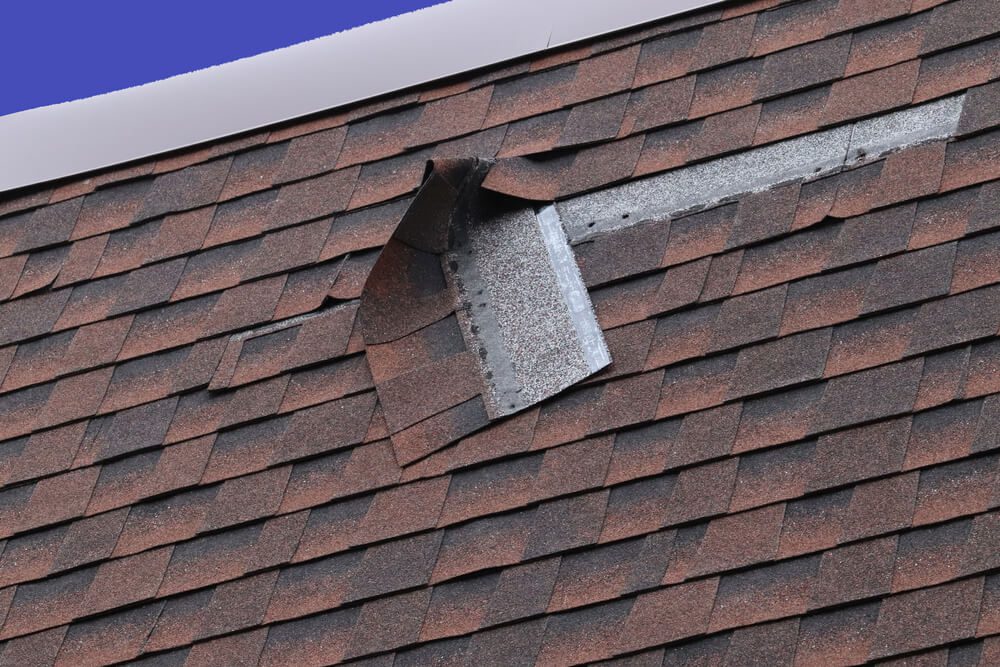
If you live in an area prone to storms and high winds, you may want to consider having your roof inspected after a storm, as roof damage from wind puts your whole house at risk for further damage. This assessment is critical if you have experienced storm damage to your home or property during a storm.
Wind damage to your roof can cause damage that may be difficult to identify, making it important for homeowners to know the signs of wind damage to the roof.
Does Insurance Cover Wind Damage to Roof?
So, does insurance cover wind damage to the roof? Homeowners insurance covers wind damage to the roof from most storms. However, some policies may not cover damage caused by high winds if no storm or hurricane warning is in effect.
If this is the case, there may be other options to help pay for any repairs. Talk to a trusted roofing expert to assess wind damage roof shingles and to have your question of “Does insurance cover wind damage to roof?” answered.
If your trusted roofing expert suggests consulting with an insurance company, you can contact them about what they will cover.
What Does Wind Damage to Roofs Look Like?
If you have just had a windstorm or want to ensure your home is safe, there are some simple things you can do to check for roof damage from wind.
Not all signs of wind damage to roofs look alike. Depending on your home’s roofing material, wind damage to your roof can occur in several different ways. Here are the most common signs of wind damage to roofs.
Missing Tiles
Missing tiles are a sure sign of roof damage from wind. The wind can rip off a few shingles or even whole rows of them, exposing your roof to the elements and further damage.
If you see missing tiles, contact a roofing expert as soon as possible rather than wondering, “Does insurance cover wind damage to the roof?” They can send someone out to assess the wind damage roof shingles and help you put a claim in.
Cracked Wood Shingles
Wind damage to the roof causes shingles to crack. You may notice that some of your shingles have cracks around their edges or on top. However, these wind damage roof shingles can also be due to other causes like age or overuse.
To determine if wood shingles have sustained roof damage from wind, look at their color. If the color is still relatively vibrant and intact, then there’s a chance that the crack is a result of something else (such as age). Strong winds or hail storms may have caused roof damage from wind if it’s faded or brittle.
Curled Asphalt Shingles
Rapidly changing wind speeds and directions can cause the top layer of asphalt shingles to curl up. You can expect this damage if winds blow from different directions at different times.
In most cases, curling is not structural, so it does not affect the roof’s ability to protect your home. However, the roof can sustain further roof damage from wind if the weather turns stormy again.
Loose Slate Shingles
If one or more slate shingles are loose on your roof, this is likely due to strong winds that have blown off nails. While this isn’t a severe problem, these signs of wind damage to roofs could cause other problems in the future if left untreated.
For example, if you have an attic that doesn’t have proper insulation installed, this might allow heat to escape during winter.
Flashing Damage Metal Shingles
Flashing goes around any opening in your metal roofing material to prevent water from getting inside through small cracks or gaps. Flashing materials are usually aluminum or copper and can last many years if properly installed during construction.
If flashing on your metal roof becomes loose, it can allow water into the attic space, causing mold growth and structural problems with your roof structure. If there are holes in the flashing, rainwater can seep through and cause leaks in your ceiling below, leading to more expensive repairs later down the road.
Damaged or Missing Gutters
If gutters look broken or missing altogether, you can be sure that it’s a case of roof damage from wind. Gutters keep rainwater from flowing over the edge and causing leaks in your home. When you have damaged or missing gutters, water can leak into the roofing material and cause damage.
Missing Vent Boot
Wind damage to roofs may occur if your roof has lost its vent boot. A vent boot is the rubber or metal ring around a vent pipe’s base, preventing water from entering the attic when it rains. A missing vent boot means water can drip into your home and cause damage to the drywall and insulation in the attic.
Loose Ridge Vent
If the winds are strong enough to lift shingles, it can cause them to come loose from the ridge vent and fall off your roof. If this roof damage from wind occurs, you will need to have it repaired before winter arrives so you don’t have ice dams on your roof.
What Wind Speeds Will Cause Roof Damage from Wind?
70-90 mph wind speed is considered a high-end wind event. These types of winds have the potential to cause significant damage to your home, including roof failure. However, specific wind damage to roofs vary depending on the following factors:
Type of Roofing System
Some materials are more susceptible to roof damage from wind than others. For example, wood shingles are especially vulnerable to high winds, whereas concrete tiles are not. Slate shingles can withstand higher winds than asphalt shingles.
Age of the Roofing System
The longer a roof has been in place, the more likely it is to suffer wind damage to roofs. Newer roofs can withstand higher winds than older roofs.
Proper Installation
Do you have a new or recently repaired roof and live in an area prone to extreme weather events? It’s important to ensure it was installed properly by a qualified contractor who understands how to anchor a roof system to its supporting structure the right way.
Word for the Wise
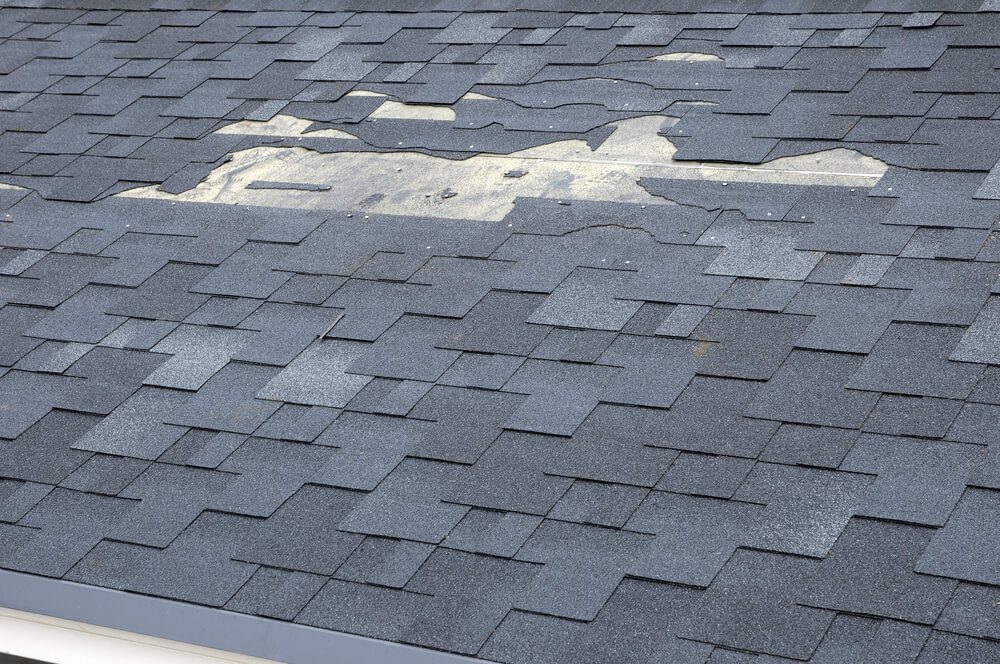
When the wind is strong enough to rip the shingles off your roof, it is also strong enough to cause extensive damage to other parts of your home. You may be able to repair wind damage to roofs by yourself. However, it is usually best to contact a professional contractor with experience repairing wind damage roof shingles. We offer our clients a free consultation and estimate after roof damage from wind. Contact us today so our professionals will have your roof repaired quickly, keeping your home safe and secure.

